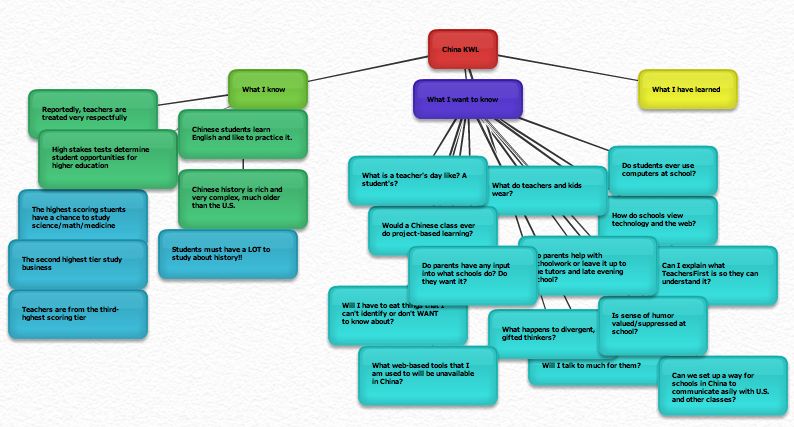Ten things about China: Education, teachers, and students
Disclaimer: The information expressed here is based on professional visits to one public secondary school (grades 7-12) and the Center for Educational Technology (a national center) at Beijing Normal University. It is supplemented by a asking questions of our very knowledgeable guide (about age 30) who grew up in southwest China, the son of a HS math teacher. This information may not represent all realities in China. Information based strictly on one person’s experience is so indicated.
1. For about 30 years, China has had a one child policy (couples permitted to have only one baby). That policy has loosened, but most children still have 6 adults (two parents, four grandparents doting on them and watching their every move. This, combined with a powerful respect for teachers and drive for education make classroom behavior remarkably focused.
2. School is free (and compulsory) from age 7 (1st grade) through 9th grade. Then parents must pay. The cost of senior high school in the one we visited is about $350 per term ($700/year). But average income is FAR below what people make in the U.S. Our guide said a city professional might earn $1200/month. (This statistic should be researched further for accuracy.)
3. There is a HUGE divide between rural (“village” or “less developed areas”) and urban/town schools. Keeping in mind that municipalities called “villages” can be as large as several hundred thousand people or more, I am not sure where the line is drawn between “rural” schools and those in “developed areas.” We will see a village school on Tuesday.
4. School day/year: HS students are in school 8-5 daily. Regular classes end at 4 with after school courses until 5. The school year is comprised of two terms: Sept 1- late January, then one month off. The second term ends in time for a two month summer break.
5. Class sizes in the high school are typically at least 40 students, and man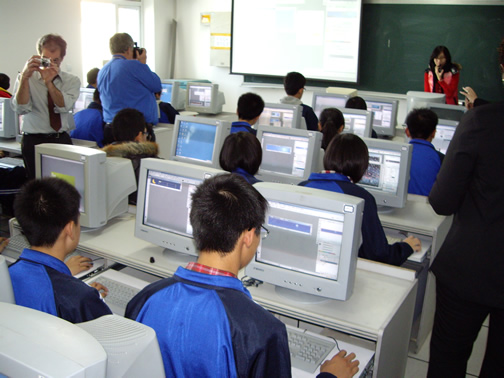 y 50+. The computer class we visited had 54 but room for up to 60. The video we saw of an elementary class in a pilot edtech school had 48 in a 2nd grade class. When asked how teachers handle students who may struggle or those who are advanced, both teachers and the teacher ed professor readily acknowledged that they “cannot do this with 40-50 in their class” and must “handle it after school.” The professor said that “this is an area where we can learn from you” [the U.S.]. There is little problem with classroom behavior, however, because the the great respect afforded to teachers and high value placed on education by the entire society. I will tell you my experience with this in a post about meeting students at the Terra Cotta Warrior museum!
y 50+. The computer class we visited had 54 but room for up to 60. The video we saw of an elementary class in a pilot edtech school had 48 in a 2nd grade class. When asked how teachers handle students who may struggle or those who are advanced, both teachers and the teacher ed professor readily acknowledged that they “cannot do this with 40-50 in their class” and must “handle it after school.” The professor said that “this is an area where we can learn from you” [the U.S.]. There is little problem with classroom behavior, however, because the the great respect afforded to teachers and high value placed on education by the entire society. I will tell you my experience with this in a post about meeting students at the Terra Cotta Warrior museum!
6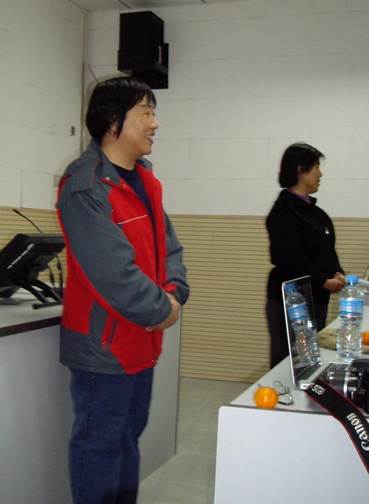 . When we asked a veteran teacher how teaching has changed in her 30+ years, she explained: Students and their parents are interested in other things, more than just getting a grade. They say, “I am learning to be good, not only to be knowledgeable; to be kind, generous, to help others.” The teacher also smiled as she explained that teaching for her was first just a job. Then she grew to enjoy it. Now it is “an addiction.” Some things about teachers are universal!
. When we asked a veteran teacher how teaching has changed in her 30+ years, she explained: Students and their parents are interested in other things, more than just getting a grade. They say, “I am learning to be good, not only to be knowledgeable; to be kind, generous, to help others.” The teacher also smiled as she explained that teaching for her was first just a job. Then she grew to enjoy it. Now it is “an addiction.” Some things about teachers are universal!
7. Teachers we spoke to looked immediately to their principal for the answer when asked whether they are interested in trying something new, such as collaborating with classes/schools outside their own. They do not seem to have the autonomy to make such decisions and may even be afraid to. This observation is based solely on a few teachers and their responses to questions from our group.
8. High school teachers teach 3 classes per day. They spend the rest of the day “preparing in their office.” Teachers wear very casual clothes, often including outerwear for cool temps, such as a warm up jacket and sneakers. Even the HS principal was in casual pants and a sweater/sweatshirt. Even the chair of the university edtech center wore jeans for his meeting with our professional delegation, which surprised me.
9. The Educational Technology Center at Beijing Normal University (an “ivy league” level school) has a strong graduate research program conducting pilots in 260 schools across China to determine which exactly which uses and strategies for technology are the most effective in promoting learning. Most of their work involves the teacher using the technology. They openly acknowledged to us that they are behind the U.S. in student use of technology at school.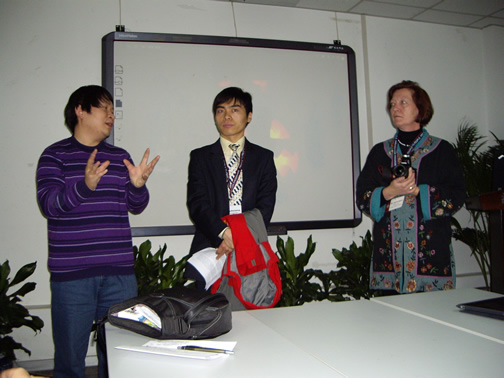
10. In city schools, computer labs for computer skill classes (not classes using the lab for another subject, such as science or social studies) are typical in high schools. See the picture from the Jr/Sr high school we visited in Beijing. These labs are rarely used by other classes. Students do not typically use computers during the school day except in computer class. They do use computers during afternoon time after official classes end and before they depart at about 5 pm. They might use a computer for a club, for research, or extracurricular projects. In cities, most students have computers with Internet access at home and do use them. Students may use computer skills learned in their computer class to complete multimedia assignments using video or images, etc. 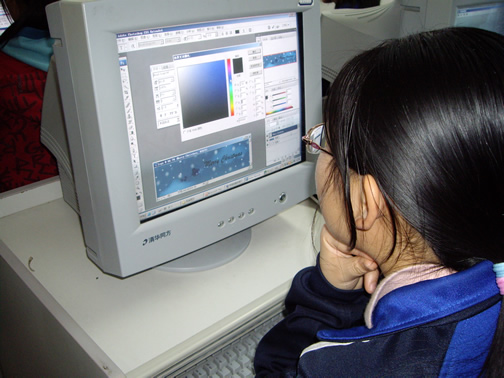 The one example of a project type we heard mentioned was PowerPoint. It is typical for there to be one computer per classroom which the teacher alone uses, possibly with a projector. The English language teacher who spoke with us said she occasionally shares pictures of things from the Internet on the projector as part of her instruction. Apparently web 2.0 tools are not in use at all for school. Microsoft products are by far more prevalent than Mac.
The one example of a project type we heard mentioned was PowerPoint. It is typical for there to be one computer per classroom which the teacher alone uses, possibly with a projector. The English language teacher who spoke with us said she occasionally shares pictures of things from the Internet on the projector as part of her instruction. Apparently web 2.0 tools are not in use at all for school. Microsoft products are by far more prevalent than Mac.
Bonus: I did ask our guide about curriculum and how much Chinese students earn of U.S. history, such as the Revolutionary or Civil Wars. He said they do study world history, including the U.S., but that it is “not very detailed.”
I will be sure to share more after we visit a village school. We have heard over and over and over how different the situation is “in the countryside” or “in the villages” or “for the farmers.” Now we hope to see it. After driving past such villages today, we know the divide is broader than any we can find in the U.S.






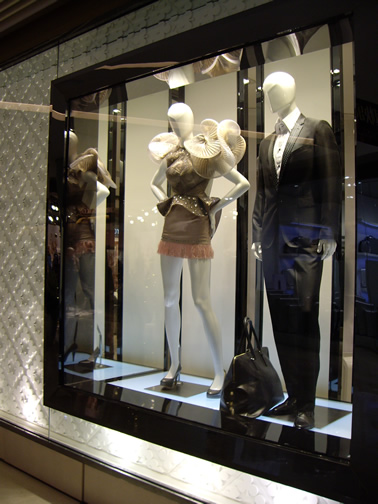
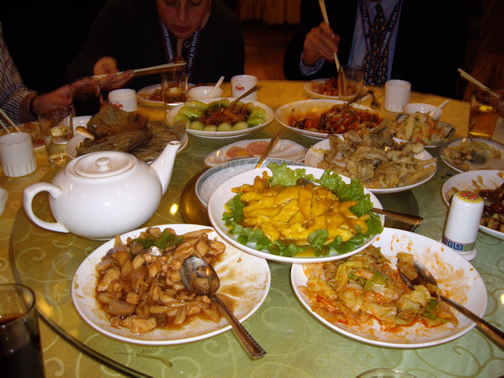
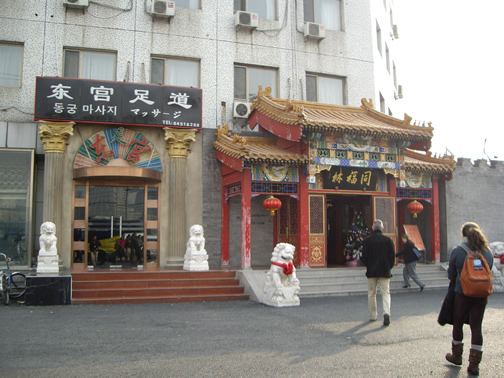
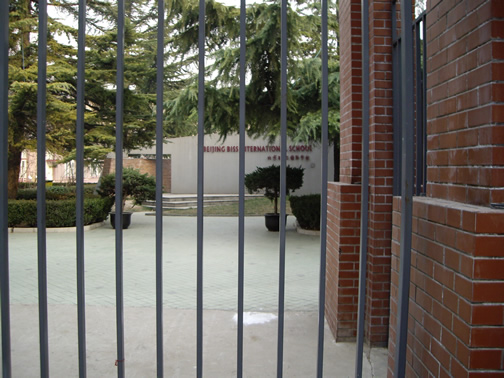
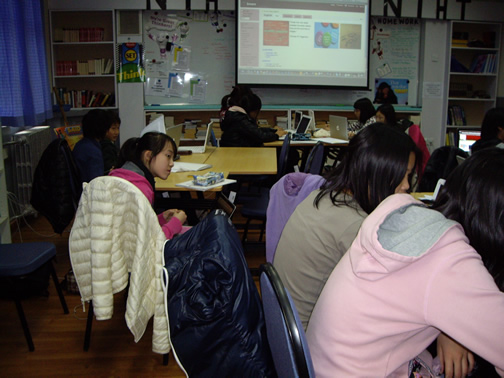
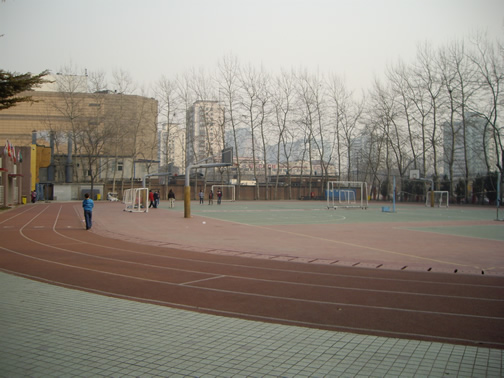

 and using it on wifi when I can. At least the calendar will still work, but none of the cool apps that connect to the web, unless I want to pay BIG bucks for data roaming.
and using it on wifi when I can. At least the calendar will still work, but none of the cool apps that connect to the web, unless I want to pay BIG bucks for data roaming.

